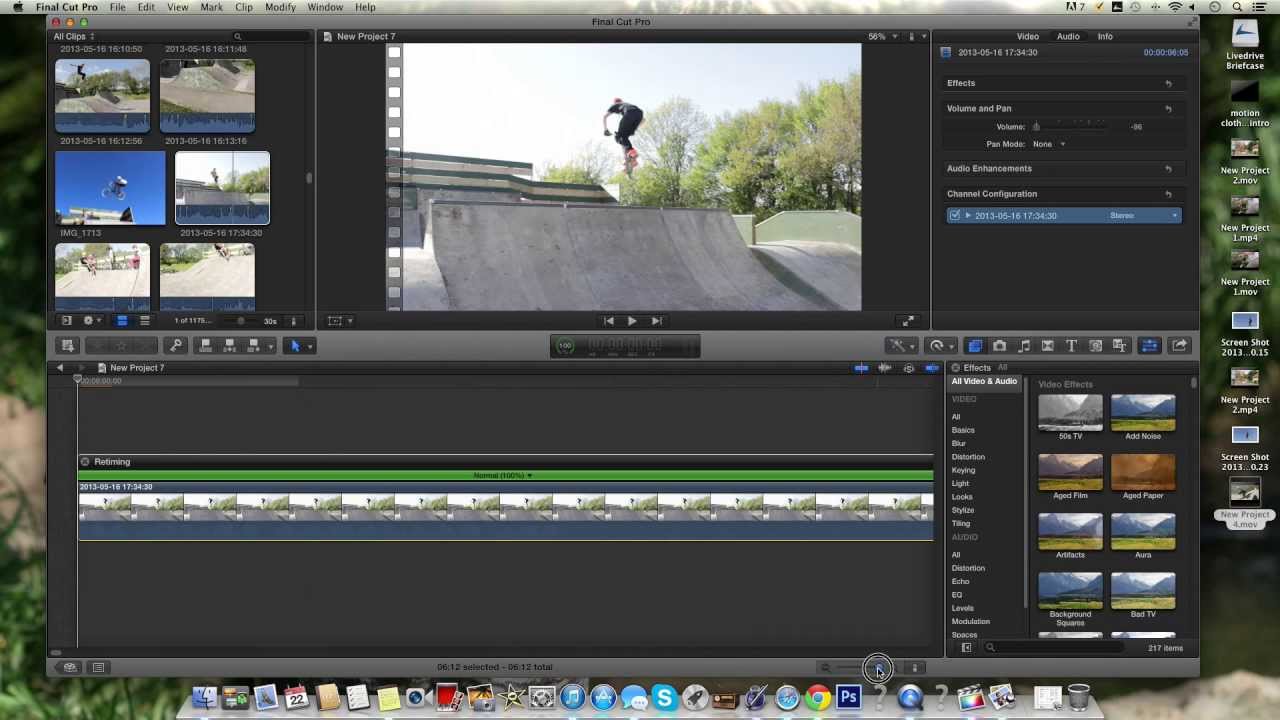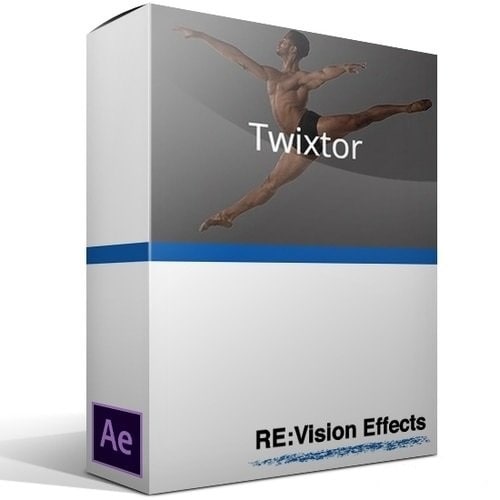
Twixtor claims to be particularly good at this interpolation process.

To do this, it guesses what those missing frames would have looked like based on surrounding frames. When you use your editing software to slow down normal frame rate footage, it has to make up for the missing frames somehow. Video courtesy: Re:Vision Effects How does Twixtor work? Whatever the reason, Twixtor allows you to create smooth slow-motion footage from ordinary video. It could also be that you have a 12-second gap and only 9 seconds of usable footage. Capturing more frames and then playing them back at a slower rate is an effective way to create a cinematic slow-motion effect.īut what if your camera doesn’t shoot those higher frame rates? Or maybe you weren’t planning to use slow motion until you saw a fantastic opportunity to add drama while editing. This high frame rate footage is then played back at either 24 or 30 fps, depending on the production. Most often, videographers will shoot at 60 or 120 frames per second when they know they want to include slow motion in their project. Usually, to get smooth slow-motion footage, you need to shoot at a higher frame rate in-camera. It’s a bit pricey, but it may be worth considering for professionals who will use it often. The regular license is currently priced at $330, with a Pro version available for $595. That includes Adobe Premiere Pro, After Effects, Final Cut Pro and DaVinci Resolve, plus a bunch more. The Twixtor plug-in is compatible with a wide range of post-production software.

It’s primarily used to create slow and fast motion video from normal frame rate footage. Twixtor is a video effects plug-in from RE: Vision Effects. Though still not perfect, Twixtor promises fewer artifacts in these filler frames thanks to its proprietary pixel tracking tech.Creating slow-motion video from normal frame rate clips is challenging because it requires editing software to generate new filler frames.



 0 kommentar(er)
0 kommentar(er)
